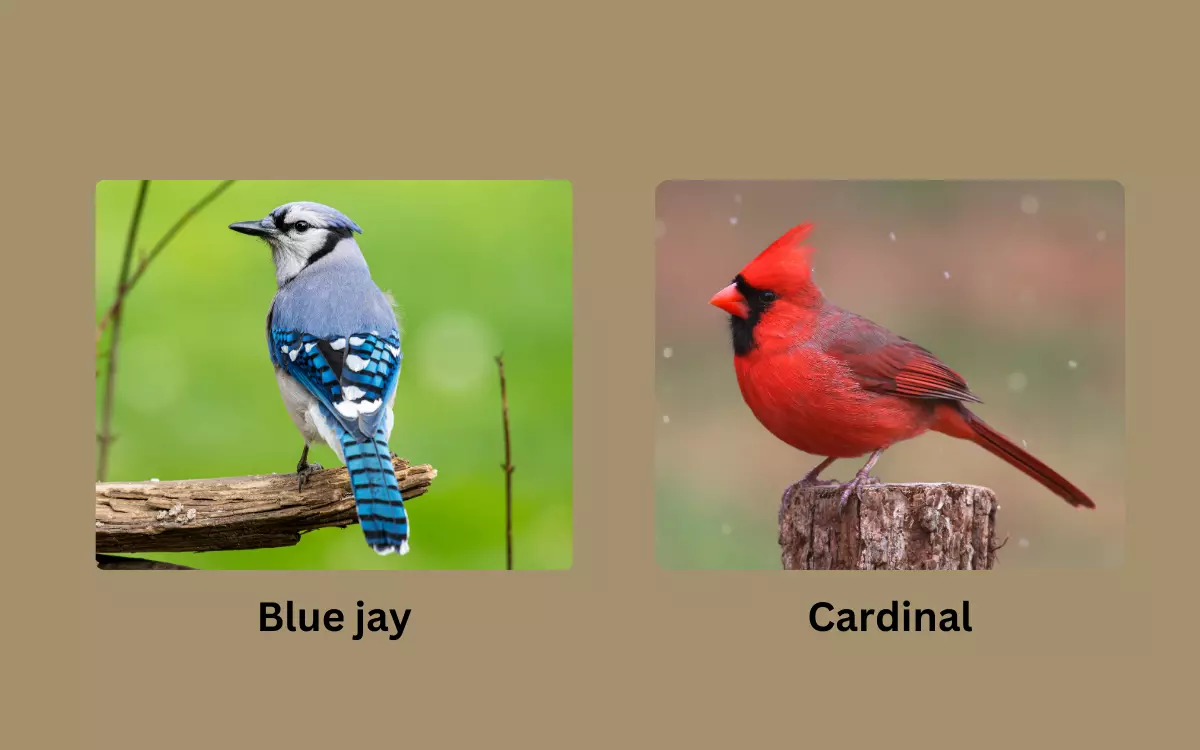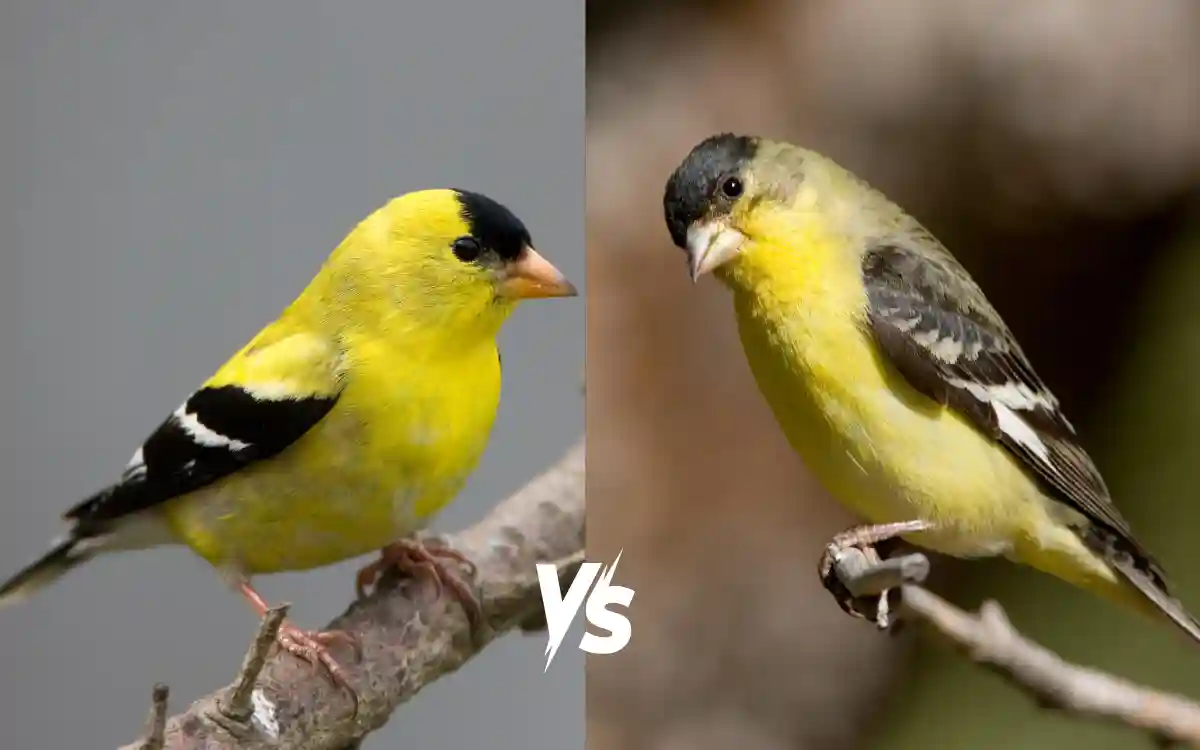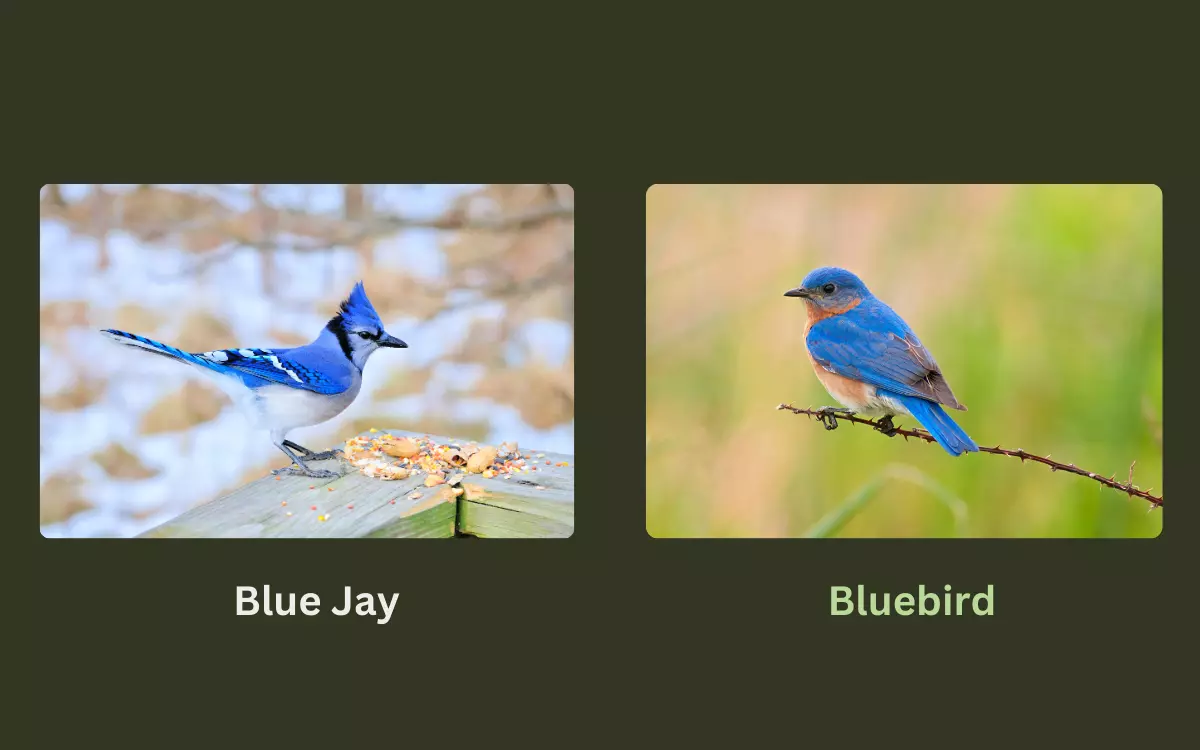Carolina Wren vs Bewick’s Wren: Identification
Wrens may be tiny, but they’re packed with personality. Two of the most talked-about species in North America are the Carolina Wren and the Bewick’s Wren. At first glance, they look like close cousins small, brown, and quick to flick their tails but a closer look reveals plenty of differences.
If you’ve ever spotted a wren in your backyard and wondered, “Is that a Carolina or a Bewick’s?”, this guide will help. From plumage and song to range and behavior, here’s a side-by-side comparison to make identification simple.
Overview of Each Bird
Carolina Wren

Carolina Wrens are stocky little birds with a reputation for being bold and noisy. Measuring around 5.5 inches, they wear a warm chestnut coat with buffy underparts. Their tails are shorter compared to other wrens, and they often keep them cocked upright.
These wrens are year-round residents across the southeastern U.S. and are frequent visitors to porches, sheds, and backyard feeders. Their curious nature means you might find one exploring a hanging basket or even singing from a windowsill.
Bewick’s Wren

Bewick’s Wrens are slimmer and slightly smaller, averaging 5 inches. Their plumage is more subdued—grayish brown above with white or pale underparts. What really stands out is their long tail, which they flick side to side more often than Carolina Wrens do.
They favor brushy areas, thickets, and woodlands, especially in the western and southern United States. While active and energetic, they tend to be more secretive than their Carolina cousins, spending a lot of time foraging low in dense vegetation.
Read also: American Goldfinch vs Lesser Goldfinch: Key Differences
Physical Appearance Differences
While both are brown wrens, paying attention to a few details will help you tell them apart:
| Feature | Carolina Wren | Bewick’s Wren |
| Size | 5.5 in, chunky build | 5 in, slimmer |
| Color | Chestnut brown above, buffy below | Grayish brown above, white below |
| Tail | Shorter, usually upright | Longer, flicked sideways |
| Eyebrow stripe | Thin, subtle white line | Bold, strong white line |
Songs & Calls
Wrens are famous for their voices, and these two species have distinct songs.
- Carolina Wren: Loud and repetitive, often described as “tea-kettle, tea-kettle, tea-kettle.” Their song carries far and is one of the easiest ways to confirm their presence.
- Bewick’s Wren: More musical and less repetitive. Their song has trills and whistles, varying from region to region.
If you’re unsure which species you’re hearing, the Carolina’s song is usually louder and simpler, while the Bewick’s is more complex and melodious.
Behavior & Feeding Habits
- Carolina Wrens are bold, curious, and not afraid of people. They’ll hop onto porches, peek into garages, and happily visit feeders. Their diet includes insects, spiders, and seeds, but they’re especially fond of suet and peanut butter blends in winter.
- Bewick’s Wrens stick closer to thickets and brush piles. They spend much of their time flicking through leaves and twigs for insects. They’re less likely to visit feeders but will take mealworms or suet if offered.
When it comes to nesting, Carolina Wrens often use unusual spots—flowerpots, mailboxes, or even old boots. Bewick’s Wrens tend to prefer natural cavities or brush piles.
Habitat & Range
Carolina Wren Range
Carolina Wrens are widespread in the southeastern United States. They thrive in woodlands, backyards, and suburban areas. Thanks to warmer winters, their range has expanded northward into the Midwest and even southern New England.
Bewick’s Wren Range
Bewick’s Wrens are most common in the western half of the U.S., stretching from the Pacific Coast into Texas. Their numbers have declined sharply in the eastern U.S., where they were once widespread. Today, you’re unlikely to see one east of the Mississippi.
Conservation Status
- Carolina Wren: Doing well. Their population is stable and even expanding. They’ve adapted to human presence and make use of suburban landscapes.
- Bewick’s Wren: Declining in the East, partly due to competition from House Wrens and loss of shrubby habitat. In the West and South, however, they remain fairly stable.
Read also: Blue Jay vs Mockingbird: Difference
Attracting Wrens to Your Backyard
If you’d like to host these lively birds, here are a few tips:
- Feeders: Carolina Wrens readily accept suet, mealworms, and peanut butter mixtures. Bewick’s may also try suet or mealworms.
- Nesting boxes: Offer small boxes with entrance holes around 1–1.25 inches. Place them in sheltered areas near shrubs.
- Natural cover: Brush piles, dense shrubs, and native plants make both species feel at home.
- Water: A shallow birdbath will encourage wrens, especially in summer.
Quick Comparison Summary
- Carolina Wren: Chunky, chestnut, loud, bold. Lives mostly in the Southeast.
- Bewick’s Wren: Slim, gray-brown, softer song, flicks a long tail. Found in the West and South.
- Main ID Clues: Look at the eyebrow stripe (thin vs bold) and tail length (short vs long).
FAQs
Are Carolina Wrens and Bewick’s Wrens related?
Yes, both belong to the wren family (Troglodytidae). While they share similar traits, they are distinct species with different ranges.
Which is more common at backyard feeders?
Carolina Wrens are much more likely to visit feeders, especially in the southeastern U.S. Bewick’s Wrens are less common at feeders but will occasionally try suet or mealworms.
Do they migrate?
Carolina Wrens are mostly non-migratory and stay year-round in their range. Bewick’s Wrens may shift slightly in winter, but they are not long-distance migrants.
How can I quickly tell them apart?
Check the eyebrow stripe and the tail. Bewick’s Wrens have a bold white stripe and a long tail, while Carolina Wrens have a thinner line and a shorter tail.
Why are Bewick’s Wrens declining in the East?
Their decline is linked to habitat loss and competition from the more aggressive House Wren, which often takes over nesting sites.
Final Thoughts
Both Carolina and Bewick’s Wrens add charm to the landscapes they call home. While they share the wren family’s energetic spirit, each has its own look, voice, and personality. Learning to tell them apart not only sharpens your birdwatching skills but also deepens your connection to the wild spaces right outside your door.






